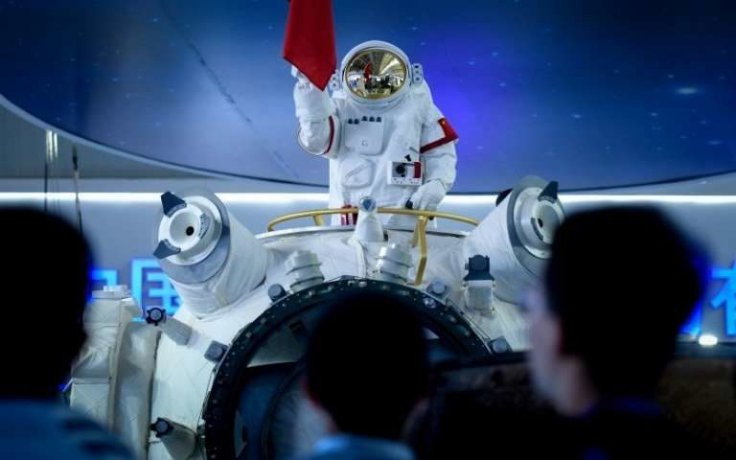Chinese space scientists have outlined an ambitious roadmap for the development of a space resources system across the solar system by 2100. Led by Wang Wei, a prominent scientist from the China Aerospace Science and Technology Corporation, this initiative aims to economically explore and exploit water ice and mineral resources beyond Earth. Wang believes that with the rapid advancement of space technologies, the economic utilization of space resources could extend beyond the Earth-moon system and potentially become a focal point in global economic competition.

Named after the Ming dynasty scientist Song Yingxing's work, "Tiangong Kaiwu" or "The Exploitation of the Works of Nature," this initiative is poised to revolutionize the global space economy. Wang presented the project's vision during a Chinese Society of Astronautics meeting in Beijing on August 19, emphasizing that a "great space age" driven by space resource utilization could usher in a new era of prosperity.
Wang, renowned for his expertise in navigation and gyroscopes and an academician of the Chinese Academy of Sciences, detailed the plan's core concept. It involves leveraging gravitationally-balanced regions between celestial bodies, such as planets, the moon, and the sun, as strategic nodes for gradual expansion. Over the past three years, Wang and his team conducted comprehensive feasibility studies and identified key technologies necessary for the efficient utilization of deep space resources.
The proposed plan envisions the construction of facilities to extract and utilize water ice from various celestial bodies, including the moon, near-Earth asteroids, Mars, main-belt asteroids, and Jupiter's moons. These facilities would ultimately form a resupply system spanning the solar system. Specific locations, such as the gravitationally stable Lagrange points 1 and 2 between Earth and the moon, as well as points between the sun and Earth, Mars, and Jupiter, are identified as potential deployment sites.
In addition to resupply systems, the plan entails the establishment of critical infrastructure, including resource transport routes and extraterrestrial mining and processing stations, enabling large-scale commercial operations. Key technology development areas identified by Wang include mining and processing of space resources, flight-based transport, and cost-effective resource return, with deadlines set between 2035 and 2100.
The potential of space resources is underlined by the vast number of asteroids in our solar system, with approximately 700 relatively close to Earth, each estimated to be worth over US$100 trillion dollars. The plan prioritizes 122 of these asteroids as economically viable for mining and utilization.
China is actively pursuing space resource exploration, with plans to launch its robotic probe, Tianwen-2, in 2025 to collect samples from the near-Earth asteroid 2016 HO3 and return them to Earth. Furthermore, in 2026, China's Chang'e-7 spacecraft is expected to land at the moon's south pole to search for water ice, which could be purified into drinking water, converted into oxygen, and used as fuel to support astronauts on extended missions.
Chinese companies like Origin Space, based in Nanjing, have also joined the efforts to develop space mining technologies. As China forges ahead with its ambitious space resource plans, it is positioning itself as a formidable player in the emerging global space economy, with the potential to shape the future of resource utilization beyond Earth.









